If you’re planning to build a greenhouse, it’s important to start with a strong foundation. A concrete block greenhouse foundation is one of the most popular choices, and for good reason.
Not only is it cost-effective, but it also provides stability and durability. Here, we will discuss the advantages of how to build a concrete block greenhouse foundation and guide you through the five steps required.
From site preparation to gathering materials and tools, laying the foundation, curing, finishing, inspecting, and preparing for greenhouse installation, we’ve got you covered. We will also address common problems that arise during construction and provide solutions to make your greenhouse building journey easier.
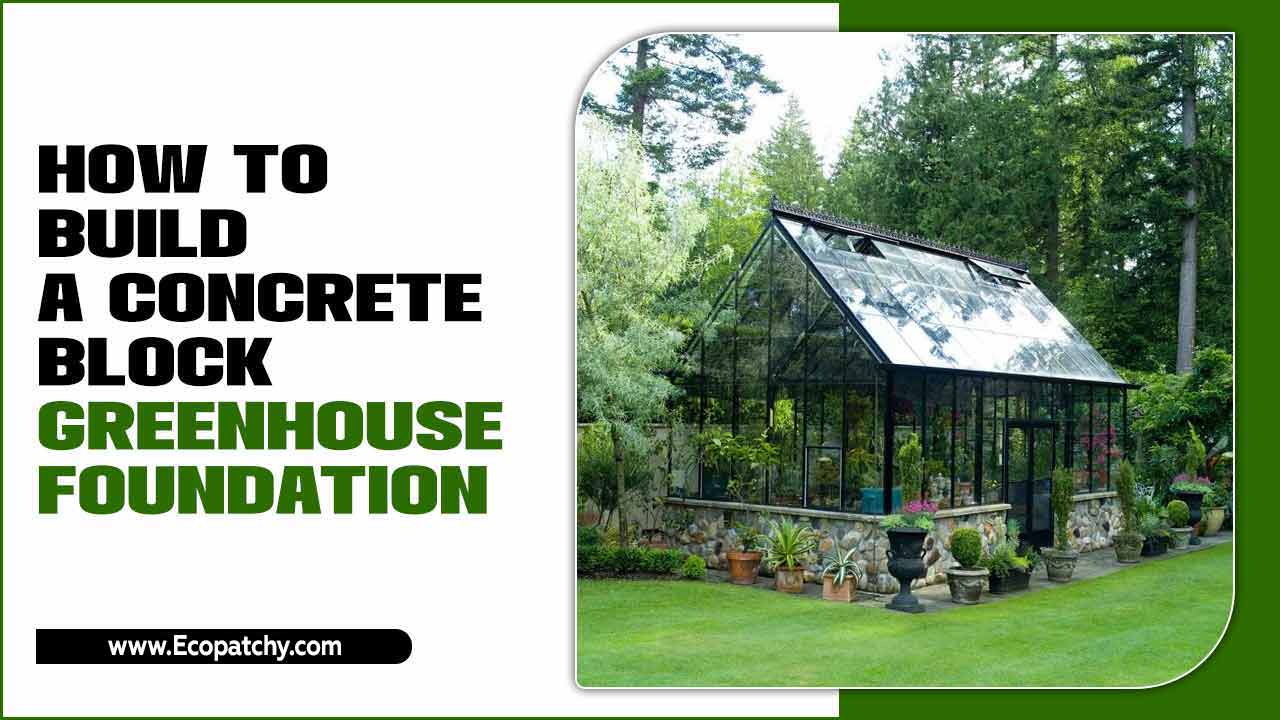
Advantages Of Building A Concrete Block Greenhouse Foundation
When constructing a greenhouse, choosing the right foundation is crucial for ensuring stability and longevity. One of the most advantageous options is building a concrete block greenhouse foundation. This type of foundation offers several benefits that make it a popular choice among professional greenhouse builders.
Here are the key advantages of using a concrete block foundation for your greenhouse:
- Stability: Concrete blocks provide a solid and stable base for your greenhouse structure, ensuring it remains secure even in high winds or inclement weather.
- Durability: Concrete blocks are popular for their strength and longevity, making them an ideal choice for a long-lasting foundation that can withstand the test of time.
- Pest Prevention: By using concrete blocks, you can create a barrier that helps prevent pests from entering your greenhouse through the ground. This can help protect your plants from damage and infestations.
- Insulation: Concrete blocks have natural insulating properties, which can help regulate temperature inside the greenhouse. This insulation can help to keep your plants comfortable and protected from extreme temperature fluctuations.
- Easy Installation: Building with concrete blocks is a relatively straightforward process that can be completed by DIY enthusiasts or professional builders alike. With proper planning and preparation, you can create a sturdy and reliable foundation for your greenhouse.
5 Steps On How To Build A Concrete Block Greenhouse Foundation
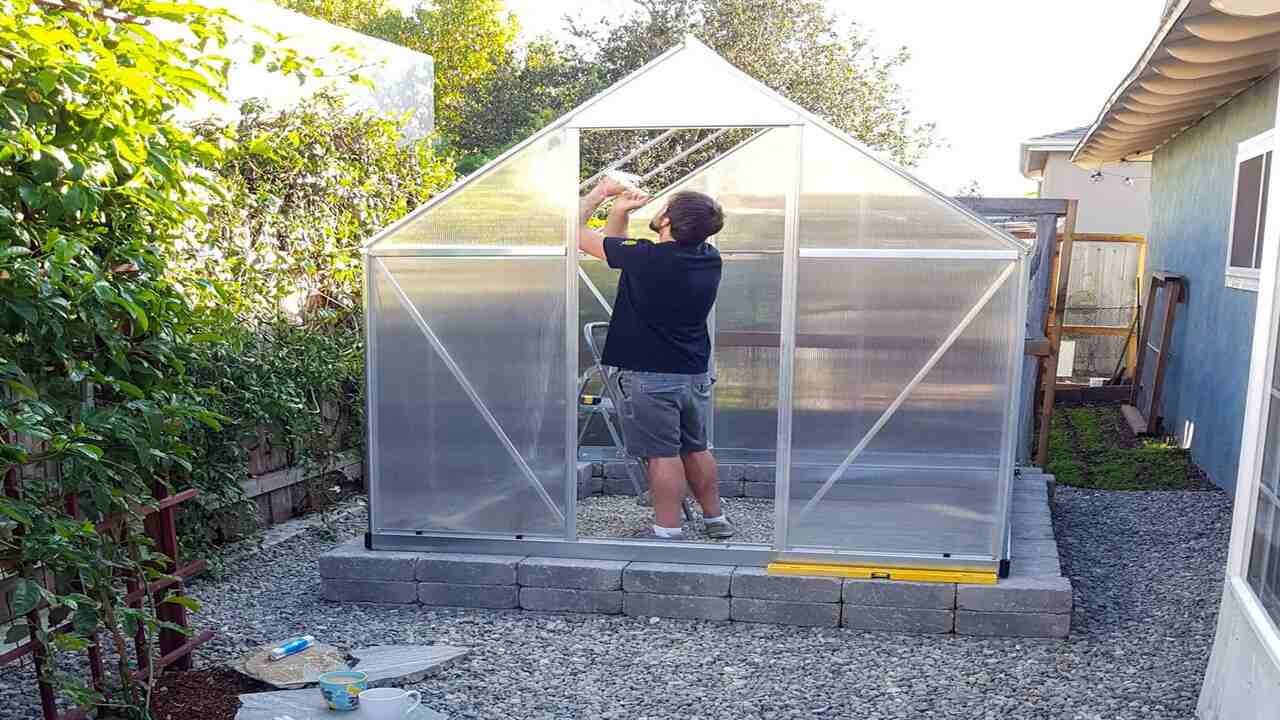
To build a concrete block greenhouse foundation, follow these five steps. First, prepare and level the area where the foundation will be constructed. Building a concrete block greenhouse foundation requires careful planning and execution to ensure stability and longevity; following these 5 steps on how to build a concrete block greenhouse foundation.
1.Site Preparation And Planning
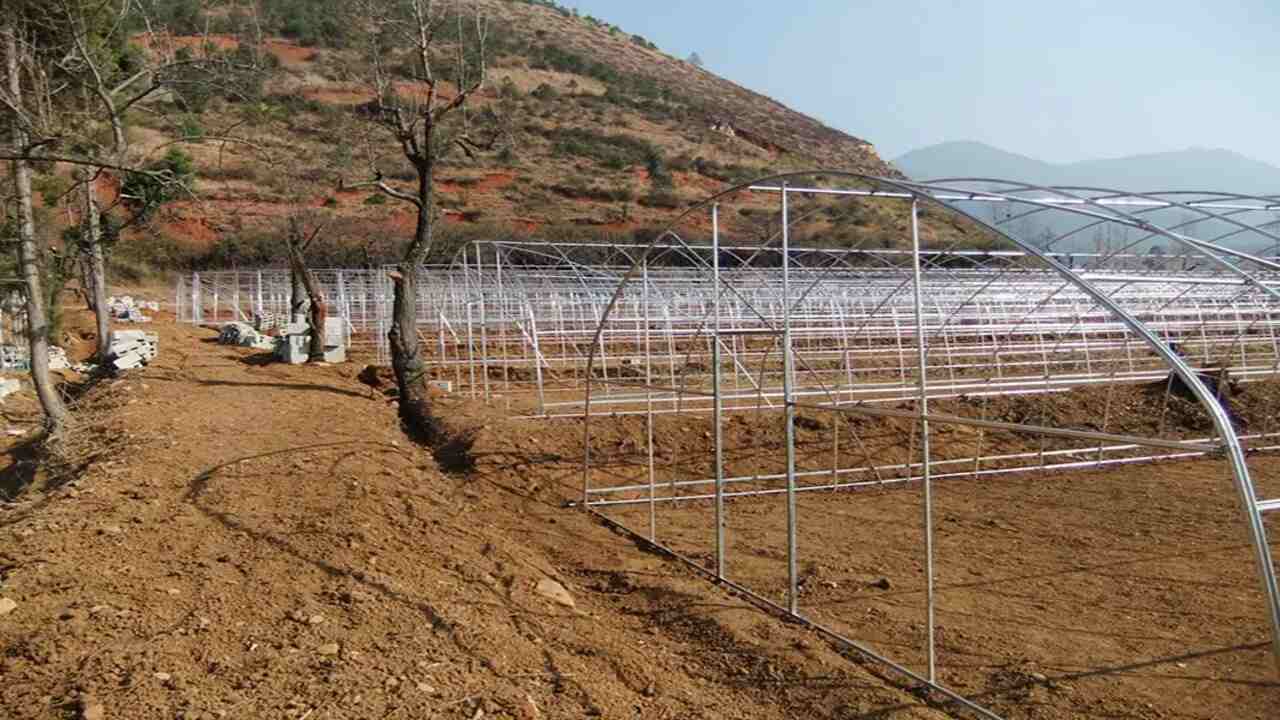
Before starting the construction of your concrete block greenhouse foundation, it’s crucial to prepare and plan the site properly. Begin by clearing the area of any debris, vegetation, or obstacles that may hinder the foundation’s stability. Determine the size of your foundation, considering the required headroom and the total area of the greenhouse.
Plan the layout of the foundation, marking the perimeter base and the trench for added stability. Additionally, consider factors like sunlight, drainage, and accessibility when choosing the site for your greenhouse foundation. Ensuring a level and stable foundation will provide a solid base for your greenhouse project.
2.Gathering Materials And Tools
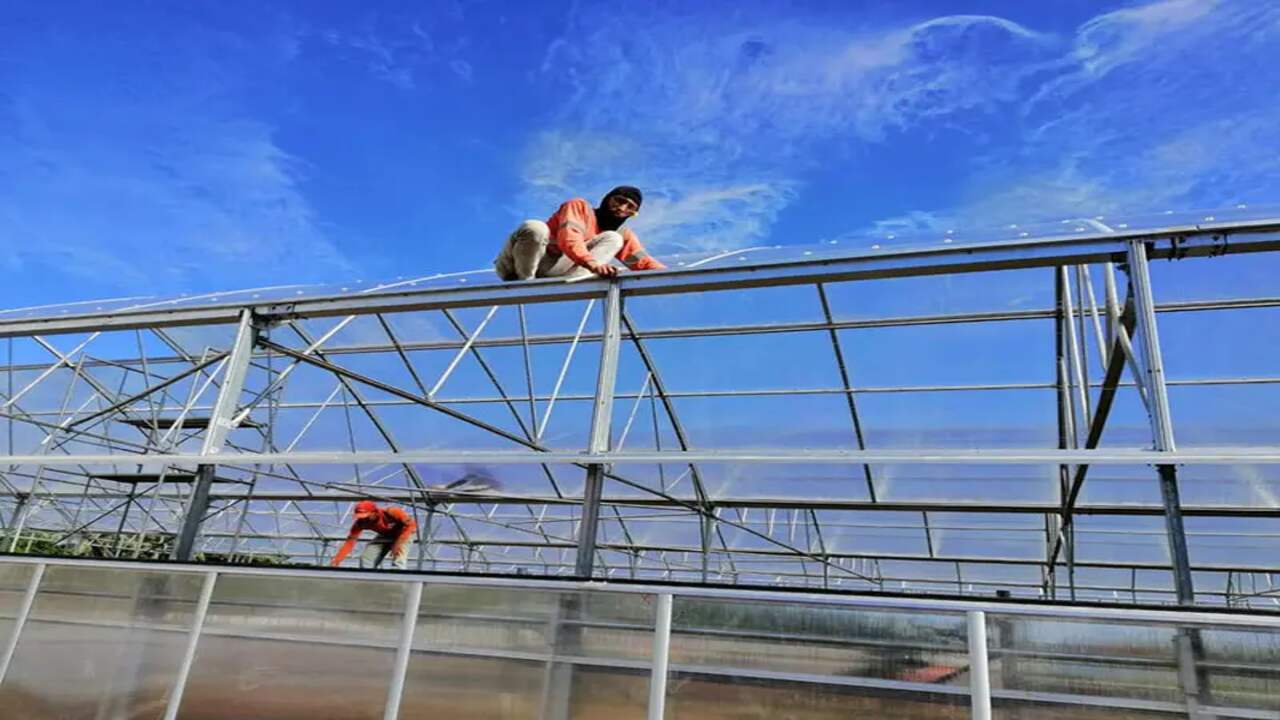
Before you begin building a concrete block greenhouse foundation, it’s important to gather all the necessary materials and tools. Here are some things you’ll need:
- Concrete Blocks: These will serve as the main building material for your foundation. Make sure to choose blocks that are sturdy and durable.
- Gravel Or Crushed Stone: This will be handy as a base for your foundation, providing stability and drainage.
- Rebar Or Reinforcing Mesh: This will strengthen your foundation by reinforcing the concrete.
- Cement mix: You’ll need cement mix to create the concrete that will hold your foundation together.
- Shovel Or Excavator: This will be used to dig the area where your foundation will be built.
- Level: A level tool is essential for ensuring your foundation is even and properly aligned.
Once you have gathered all the necessary materials and tools, you can begin building your concrete block greenhouse foundation.
3.Laying The Foundation
Laying a solid foundation is crucial when building a concrete block greenhouse. To start, you’ll need to clear the area of any vegetation and level the ground. Next, mark the perimeter of your foundation using stakes and string. Dig a trench along the marked lines, ensuring it is deep enough to accommodate the concrete blocks and provide stability for the structure.
Fill the trench with a layer of gravel or crushed stone to enhance drainage. Then, lay the first row of concrete blocks, ensuring they are level and properly aligned.
Use mortar to secure each block in place, adding additional rows until you reach your desired height. Allow the mortar to fully cure before continuing to construct your greenhouse. By taking the time to lay a solid foundation, you can ensure that your concrete block greenhouse will be sturdy and durable for years to come.
4.Curing And Finishing The Foundation
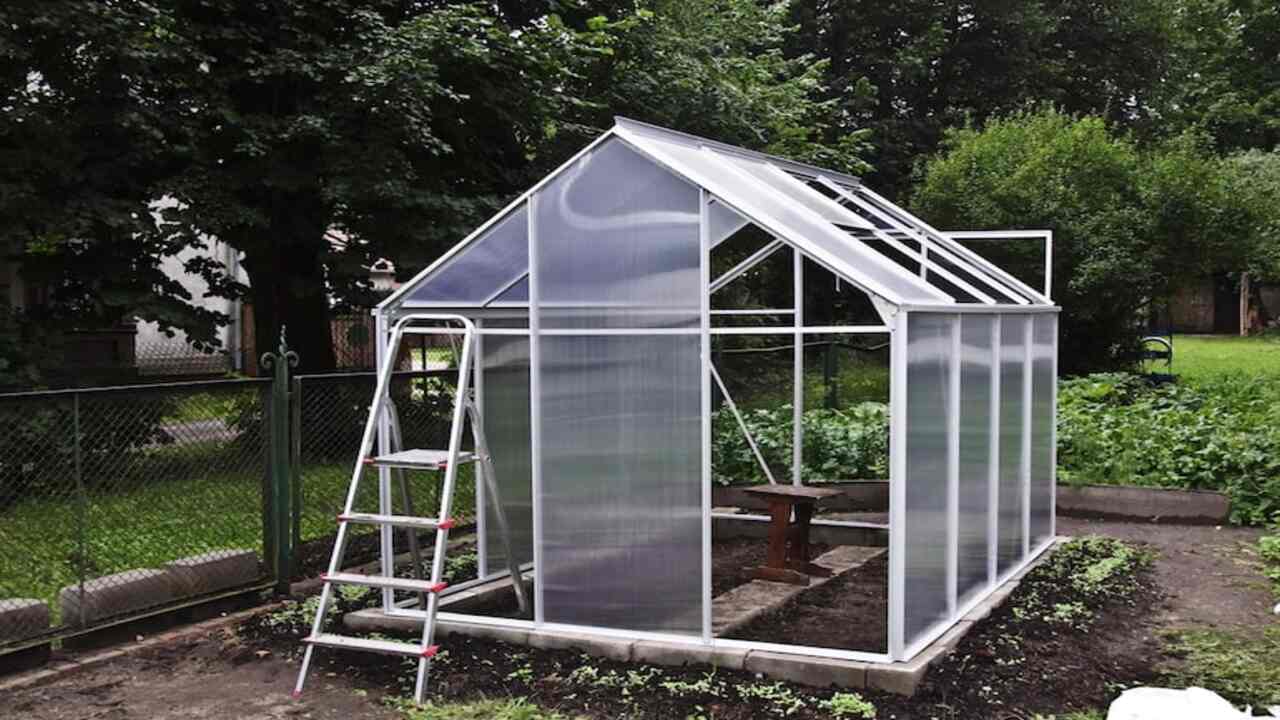
After completing the construction of your concrete block greenhouse foundation, it’s essential to cure and finish it for long-term durability. Follow the manufacturer’s instructions and allow the foundation to cure for a few weeks. During this time, ensure the foundation remains moist by covering it or regularly spraying water.
Once cured, apply a durable finish like concrete sealer to protect the foundation from moisture and potential damage. Additionally, consider adding perimeter base anchors or greenhouse kit anchors to attach your greenhouse securely. Regularly inspect and maintain the foundation to ensure its stability and longevity.
5.Inspecting And Preparing For Greenhouse Installation
Inspecting and preparing for greenhouse installation is a crucial step in building a concrete block greenhouse foundation. Before you begin, it’s important to assess the site where the greenhouse will be installed. Look for any potential obstacles, such as trees, rocks, or uneven ground, that may need to be cleared or leveled.
Additionally, consider factors such as sunlight exposure and wind direction, as these can impact the overall functionality of your greenhouse. Once you have assessed the site, you can begin preparing the area by clearing away any debris and marking out the dimensions of the greenhouse.
This will help ensure your foundation is properly aligned and ready for construction. By taking the time to inspect and prepare your site, you can lay a solid foundation for your concrete block greenhouse and set yourself up for success in growing healthy plants.
Common Problems And How To Solve Them

Building a concrete block greenhouse foundation can be a challenging task, but with proper planning and problem-solving, you can ensure a solid and stable structure. Here are some common problems that may arise during the construction process, along with their solutions:
- Uneven Ground: If the ground is not level, it can affect the stability of the foundation. Use a level to identify any uneven areas, and consider using shims or leveling compounds to create a flat surface.
- Poor Drainage: Proper drainage prevents water accumulation around the foundation. Ensure that the site is properly graded to direct water away from the greenhouse, and consider installing French drains or gutters to manage water flow further.
- Frost Heave: In colder climates, frost heave can cause the foundation to shift and crack. To prevent this, dig the foundation below the frost line and consider adding insulation or using frost-resistant concrete blocks.
- Cracks In Concrete Blocks: Over time, cracks may develop in concrete blocks due to settling or temperature changes. Keep an eye out for any cracks and repair them promptly by filling them with epoxy or applying masonry patching compound.
By being aware of these potential problems and implementing appropriate solutions, you can ensure that your concrete block greenhouse foundation is durable, stable, and ready to support your plants for years to come.
Conclusion
Building a concrete block greenhouse foundation offers several advantages, including durability, stability, and longevity. By following the 5-step process outlined in this blog, you can ensure a solid and reliable foundation for your greenhouse.
However, it is important to be aware of common problems that may arise during the construction process, such as uneven settling or water drainage issues. By addressing these problems promptly and implementing appropriate solutions, you can avoid any potential setbacks and ensure the success of your greenhouse project.
With a well-built foundation in place, you can now proceed with confidence to install your greenhouse and enjoy the benefits of a thriving garden. We hope you understand how to build a concrete block greenhouse foundation.
Frequently Asked Questions
1.How Deep Should A Concrete Base Be For A Greenhouse?
Ans: A concrete base for a greenhouse should be at least 4 inches deep, while larger greenhouses may require a deeper base of up to 6 inches. Before pouring the concrete, it is important to level and compact the base, ensuring proper drainage to prevent water damage to the greenhouse.
2.How Thick Should A Concrete Slab Be For A Greenhouse?
Ans: The thickness of a concrete slab for a greenhouse foundation depends on the weight it will support. For a lightweight greenhouse, a 4-inch thick slab may suffice, while a larger or heavier greenhouse may require a thicker slab of at least 6 inches. It is recommended to consult with a professional for the appropriate thickness.
4.What Is The Best Foundation For A Greenhouse?
Ans: Regarding greenhouse foundations, a concrete block foundation is a popular choice due to its durability. However, other options like wood or gravel can also be considered, depending on the size and location of your greenhouse. It’s advisable to consult with a contractor or engineer to determine the best foundation for your specific needs.
5.How Deep Should Raised Garden Beds Be?
Ans: The depth of raised garden beds varies depending on the plants you want to grow. Generally, a depth of 6-12 inches is sufficient for most plants. However, if you plan on growing root vegetables or plants with deep roots, aim for a depth of 18 inches or more. Consider factors like drainage and soil quality when determining the depth of your raised garden beds.
